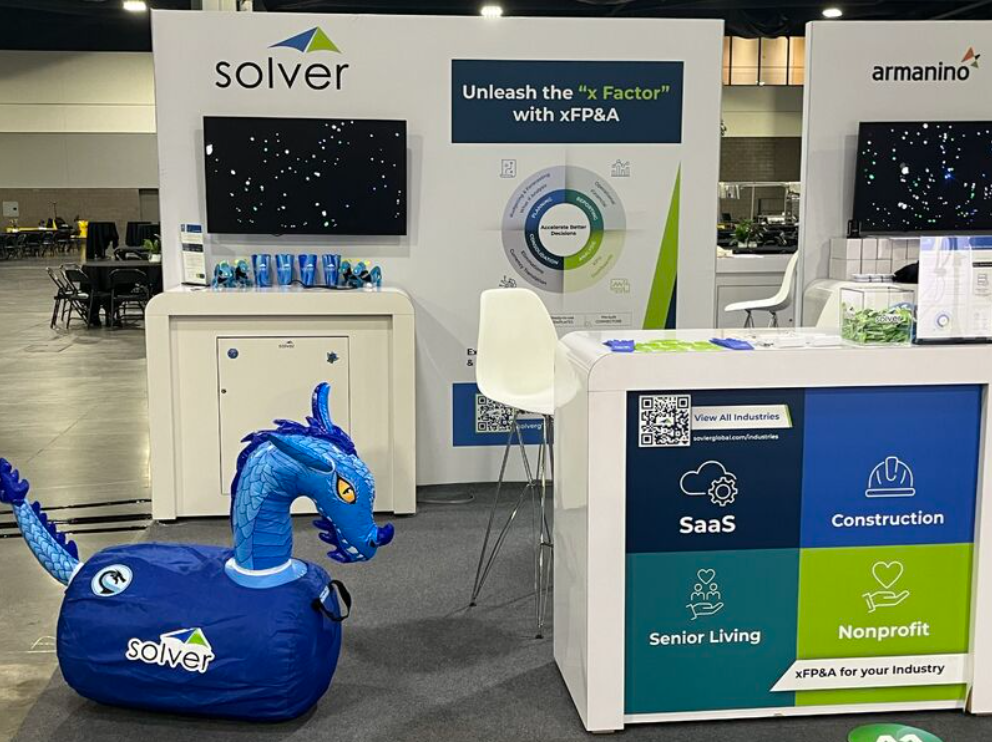Recently, I have been reminded of change and how hard it is to make happen. Whether it’s a personal change or a professional change, it isn’t easy. For example, this publication is going through some pretty cool changes, but I am sure it wasn’t easy to get action or at least universal action on all the changes desired (read more at www.CPATechAdvisor.com/go/3218). Maybe you want to switch your business model to a monthly service model, maybe you want to get more strategic with your clients or maybe you want to hand over the reins to someone else. All of these actions are big changes, and my guess is that your organization puts up resistance when you discuss anything like this.
Why is that?
I used to think that as individuals we get comfortable with what we are doing and we tend to be lazy. While that may be true, it is actually a lot more complicated. I just finished reading a great book, “Switch,” by Chip and Dan Heath, and it provides some great ways to think about change as well as tools to manage change.
Imagine you are riding an elephant to your favorite ice cream shop. You’ve been going there since you were a kid and love it. It happens to be on the other side of the river. You find out that the bridge is out and have several options: 1) Ride two days out of your way or 2) try a new ice cream shop two blocks away that has been getting great reviews.
The rational part of you thinks the new shop sounds great, but the emotional side is very attached to the original place. The rational part of you is referred to as the rider while the emotional part is the elephant. The rider can influence the elephant a little, but for the most part the elephant does what it wants. The rider is also responsible for providing the path for the elephant. So no matter how hard you try to get the elephant to go to the new store, it keeps walking the way to the old store.
This is the nature of change and our resistance to change. Our emotional attachments prevent us from accepting the rational argument for something new. So whether it is changing your business model to smooth out revenue, moving your technology platform to the cloud to become more efficient or handing over the reins to someone so that you can retire, it all comes down to emotional attachment. Either your customers are attached to the old way of doing things, your team is attached to what they already know or your employees are attached to you.
So what can you do?
As the rider, you have a few tools at your disposal, such as shaping the path, focusing on bright spots and taking “baby steps.” When you are the rider of an elephant, one of your jobs is to pick the path you are going to take. The path will have its own guidance built in to help you get the elephant to go in the direction you want. The elephant may not know that you are influencing the destination, but it will follow the path you set. As a leader in your organization, you can change the destination by changing the path you are on. The principle here is that it is easier to follow a path than it is to change the destination. So carefully set the path to influence the change you want.
Focusing on bright spots is a great management tool. All too often, we focus on failures that need to be fixed. For example, we all have had employees or customers that have been difficult to manage. The tendency is to spend time trying to make them happy. What if, instead, you took that time and developed your best employees and customers to be even better? Chances are you would be happier, and the results would be much better.
When you have big change to implement with a client or your firm, focus on those small efforts that have been successful in the area of change. If you are trying to switch your employees to cloud-based apps that are more efficient, highlight the one employee that has made the switch. Encourage them to do more and to share with others. You’ll be surprised by what happens.
We have all seen babies learn to walk. They don’t start with giant steps running around; they take small steps in the direction they want to go. Taking “baby steps” with organizational change is much easier than getting the organization to adopt your end plan all at once.
If you are trying to switch the business model from the annual tax return cycle to a smoother monthly service model, you wouldn’t announce to your employees and customers that starting tomorrow the business model has changed. That would confuse your employees and force customers to leave. The better approach would be to select some customers to whom you are already providing monthly services such as bookkeeping, payroll, accounting or general financial advice, and offer up a monthly all-inclusive fee. Once you get a few takers, you select an employee to manage it. After six months, you evaluate what worked and what didn’t. Then, you focus on what worked and roll it out to more customers/employees.
The book identifies many more tools upon which to draw, but hopefully this give you a sense for how to make change happen. Change is never easy, but in my experience it is the most rewarding work we do. It may be where we get uncomfortable, but it is also where we learn. So good luck implementing whatever changes you desire, and don’t stop singing that tune.
Thanks for reading CPA Practice Advisor!
Subscribe Already registered? Log In
Need more information? Read the FAQs




